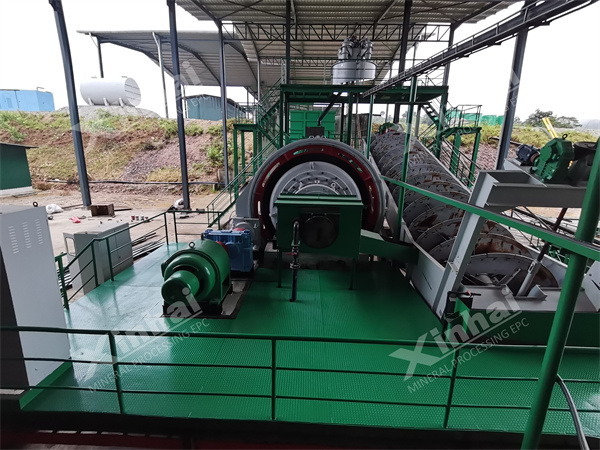Grid ball mills are widely used in various industries for grinding materials into fine powders. Optimizing the production capacity of grid ball mills is crucial for improving efficiency and maximizing output. In this article, we will explore strategies and techniques to optimize the production capacity of grid ball mills.
Before delving into optimization techniques, it's essential to understand what factors affect the production capacity of grid ball mills:
Mill Size and Design: The physical dimensions and design of the grid ball mill influence its production capacity. Larger mills generally have higher capacity but may also require more power.
Speed of Rotation: The rotational speed of the mill affects the impact force and grinding efficiency. Optimal speed ensures efficient grinding and maximum throughput.
Loading Capacity: The amount of material loaded into the mill affects its production capacity. Overloading or underloading the mill can decrease efficiency.
Grinding Media Size and Shape: The size and shape of the grinding media impact the grinding process. Proper selection ensures effective grinding and higher capacity.
Material Properties: The hardness, particle size distribution, and moisture content of the feed material influence grinding efficiency and production capacity.

To optimize the production capacity of grid ball mills, several strategies can be employed:
Optimize Ball Mill Parameters: Experiment with different rotational speeds, loading capacities, and grinding media sizes to identify optimal parameters for maximum throughput.
Control Feed Rate: Maintain a consistent and optimal feed rate to ensure the mill operates at its full capacity without overloading or underloading.
Monitor and Adjust Slurry Density: Proper management of slurry density ensures efficient grinding and higher production capacity. Monitor and adjust density in real-time to optimize performance.
Use Efficient Grinding Aids: Employ advanced grinding aids and additives to enhance grinding efficiency and increase production capacity.
Implement Automation and Control Systems: Install automation and control systems to monitor and control mill parameters in real-time, ensuring optimal operation and maximizing production capacity.
Optimize Liner Design and Wear: Choose appropriate liner designs and materials to minimize wear and maximize mill uptime, contributing to higher production capacity.
Regular Maintenance and Inspection: Conduct regular maintenance and inspection of the mill to identify and address any issues that may affect production capacity.
Several case studies and examples demonstrate successful optimization of grid ball mill production capacity. By implementing the strategies mentioned above, companies have achieved significant improvements in efficiency and output.
Optimizing the production capacity of grid ball mills is essential for maximizing efficiency and profitability in various industries. By understanding the factors influencing production capacity and employing optimization strategies and techniques, companies can achieve higher throughput and improved performance. Continuous research, innovation, and investment in technology will further drive the development of more efficient grid ball mills and contribute to the sustainable growth of industries reliant on grinding processes.